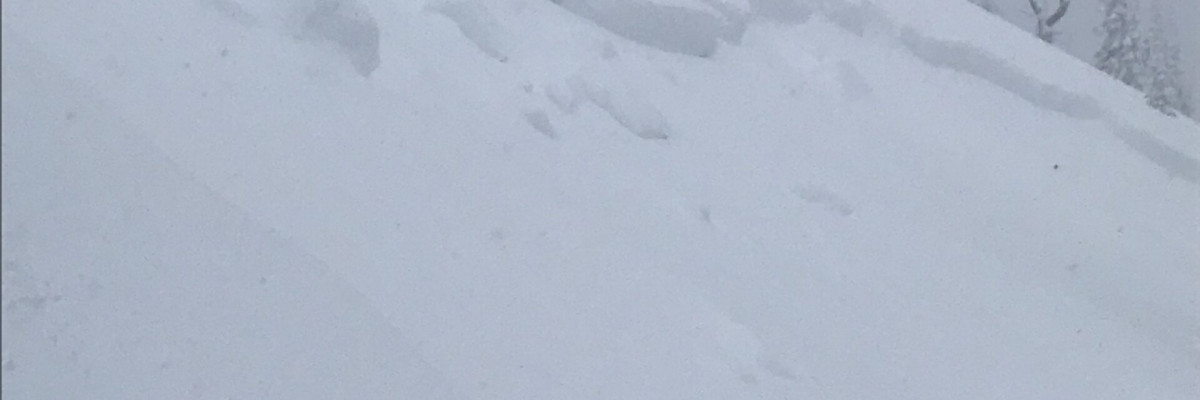An avalanche warning is in effect for the West Central Montana backcountry. The current avalanche danger is HIGH. Very dangerous avalanche conditions exist. Travel in and around avalanche terrain is not recommended. Large human triggered avalanches are likely in many areas today.
This is Logan King with an avalanche warning for Sunday, February 18th, 2018. This avalanche warning is valid for 24 hours. The avalanche warning will either be extended or terminated at 0600 on February 19th.
This danger rating does not apply to operating ski areas and is the sole responsibility of the U.S. Forest Service.
Weather and Snowpack
Significant snow and wind continue to impact the region. Snow totals range from 8-14 inches bringing storm totals well over 2 feet in some areas thus far. The new snow has been drier than the last storm but .8-1.9 inches of SWE were added to the snowpack over the last 24 hours, over 3 inches of SWE have been seen at some mountain locations since Friday morning. Winds are currently out of the W at 12 mph and gusting to 26 mph. A period of strong wind yesterday evening brought sustained winds that were 30-40 mph accompanied by gust up to 68 mph.
Warming temperatures yesterday have resulted in an upside-down structure. The storm slab was reactive yesterday with numerous reports of soft storm slabs that released naturally. The storm snow became more reactive later in the day and will be even more sensitive today with more load.
Wind slabs were touchy earlier this week and will be under more stress with the new load and strong winds further building the slabs. Winds will change directions today, and wind slabs will be found on all aspects as the storm progresses.
Accumulating snow and building winds will lead to deteriorating conditions. A cold front will move in this morning creating lighter snow, but the load has already pushed the snowpack over the tipping point. The snowpack does not like rapid changes and will be weak for the next few days.














